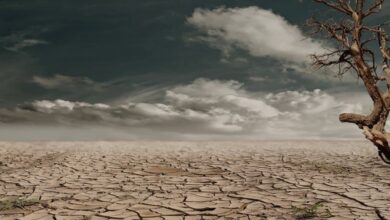How Do You Capture Great Photos while Whale Watching
Whale watching is a breathtaking experience that connects you with some of nature’s most magnificent creatures. Whether you’re aboard a boat or standing on a scenic overlook, the thrill of spotting a whale in its natural habitat is unparalleled. However, capturing those fleeting moments on camera can be challenging. With the right techniques and insights, you can transform your whale watching adventure into a collection of stunning photographs.
Understand Your Equipment
Before setting out on your whale watching excursion, familiarize yourself with your camera equipment. Whether you’re using a DSLR, mirrorless camera, or even a smartphone, knowing how to operate your device is crucial. If you have a DSLR or mirrorless camera, consider equipping it with a telephoto lens. A lens with a focal length of 200mm or more will allow you to capture close-up images without disturbing the whales. For smartphone users, look for lenses that can be attached to enhance your zoom capabilities.
Practice Manual Settings
While automatic settings can be convenient, they often fail in dynamic situations like whale watching. Learning to use manual settings can make a significant difference. Adjust your shutter speed to freeze the action; a faster shutter speed is essential when a whale breaches the surface. Aim for at least 1/1000 of a second to avoid motion blur. Additionally, set your aperture to a lower f-stop to create a shallow depth of field, which can help isolate the whale against the ocean backdrop.
Choose the Right Time and Place
Timing is critical when it comes to whale watching photography. Early morning or late afternoon, often referred to as the “golden hour,” provides softer light that enhances the colors of your photographs. This light can also create beautiful reflections on the water, adding depth to your images. Research local whale migration patterns and choose locations known for high whale activity. Popular spots often yield better photographic opportunities.
Anticipate Whale Behavior
Understanding whale behavior can greatly improve your chances of capturing stunning images. Whales often surface to breathe, breach, or slap their tails against the water. Be patient and observe their movements for hints of what they might do next. When you spot a whale, focus your camera on the area where you last saw it. This technique will help you capture the moment it surfaces again. Keep your finger poised on the shutter button so you can shoot quickly as the whale emerges.
Utilize Continuous Shooting Mode
In the unpredictable world of wildlife photography, continuous shooting mode is your best friend. This setting allows you to take multiple shots in quick succession, increasing your chances of capturing the perfect moment. Whales can breach or dive in a split second, and being prepared with a rapid-fire approach will help you document these incredible actions. Review your settings, and ensure your camera is ready to go before the whales make their appearance.
Keep Your Background in Mind
While the whale should be the main focus, consider the background of your shot. A clear blue sky or dramatic clouds can elevate your photograph. Look for interesting elements like splashing water or the boat’s wake, which can add context to your images. Avoid cluttered backgrounds that distract from the main subject. If possible, shoot from different angles to find the most visually appealing composition.
Be Respectful of Wildlife
While capturing the perfect shot is exciting, remember that the welfare of the whales comes first. Follow all guidelines provided by your tour operator to ensure you’re maintaining a safe distance. Avoid sudden movements that might disturb the whales and always prioritize their well-being over your photographic desires. Ethical wildlife photography ensures that future generations can enjoy these magnificent creatures in their natural habitats.
Capturing the Essence of Whale Watching
Whale watching offers a unique opportunity to connect with nature, and photographing these majestic animals enhances that experience. By understanding your equipment, mastering manual settings, and respecting wildlife, you can create a stunning visual record of your adventures. Each photo is not just a memory; it’s a testament to the beauty and power of the ocean’s giants. As you embark on your next whale watching journey, keep these tips in mind and get ready to create breathtaking photographs that tell a story of wonder and awe.







